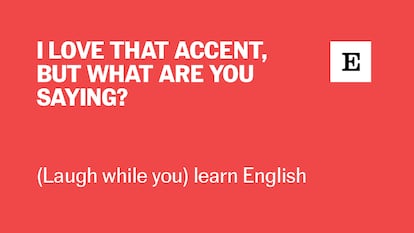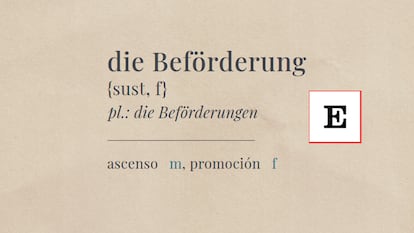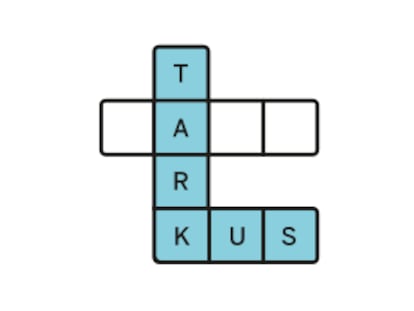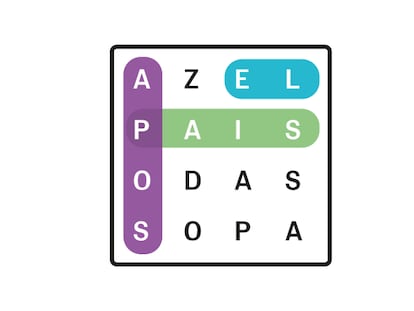‘Here comes La Migra!’: Videos of migrants pretending to flee from ICE go viral
This type of content has caught the attention of organizations and human rights experts, who argue that it puts the immigrant community at risk by unnecessarily exposing them


Images and videos of migrants hiding from “La Migra” have gone viral in recent weeks. On TikTok, Instagram, and Facebook, recordings circulate showing strategies to evade Immigration and Customs Enforcement (ICE) raids and how to react if agents storm a workplace. Some approach it with humor, while others convey fear and concern.
One of the most popular videos was posted by the account Hispanics TikTok, titled “When ICE Comes to Your Workplace.” With millions of reactions, it shows several people running and hiding at their jobs, using spaces like kitchens, storage rooms, washing machines, refrigerators, and even garbage bags. The message is clear: when ICE arrives, find a hiding spot and stay silent.
Since Donald Trump took office, ICE operations aimed at carrying out “the largest deportation in history” have increased in several states, intensifying fear within the immigrant community. This is why some activists are urging a reconsideration of how information is shared on social media. While it is crucial to know how to respond to a raid, making certain details public could actually make the job easier for U.S. Immigration and Customs Enforcement. “This type of content may provide more information to authorities than to migrants themselves,” warns Sandra Sierra, an attorney specializing in immigration law.
@hispanicstiktok When ICE comes to your job #ahivienelamigra #lamigra
♬ original sound - Hispanics TikTok
These videos also reinforce stereotypes about the Hispanic community, the types of jobs they hold, and the idea that migrants live in hiding or flee from authorities, experts say. “These stereotypes strengthen the current government’s narrative and the perspective of a sector of American society that sees them as a population living outside the law and taking jobs from U.S. citizens,” says human rights advocate Simón León Hernández.
Social media has evolved from simple entertainment platforms into strategic communication channels for the Latino community. The phenomenon of ICE raids has sparked a debate: Are these videos a legitimate awareness tool, or do they further expose the migrant community? While some see them as useful for sharing information, migrant rights organizations warn about their risks.
César Espinosa, executive director of the organization Familias Inmigrantes y Estudiantes en la Lucha (FIEL) in Texas, advises against making these types of videos, as they can spread misinformation about migrants’ rights in case of detention, how to act during an operation, and what to do in the event of a possible deportation. He also warns that if ICE is looking for someone and that person tries to hide or resist arrest, they could face criminal charges. Resisting not only increases the likelihood of agents using force but can also result in additional charges that speed up the deportation process for non-U.S. citizens.
The American Civil Liberties Union (ACLU) emphasizes the importance of not resisting arrest, even if it seems unfair. The organization recommends clearly stating the desire to remain silent and immediately requesting the assistance of an attorney. They also stress the importance of not providing explanations or excuses and avoiding signing any documents without proper legal counsel.
This is why, instead of resorting to short videos on social media, attorney Sierra emphasizes the importance of promoting legal education. “The ideal is for this social media activism to be accompanied by reliable legal advice, so that migrant communities can make informed decisions without exposing themselves unnecessarily,” she says.
Meanwhile, the videos continue to rack up views. In the comments on Hispanics TikTok, some users thank the creators for the advice, recognize the Latino sense of humor, while others warn that too much information is being revealed. The immigrant community seeks to feel safe, but in the age of social media, the line between protection and exposure has never been so thin.
Sign up for our weekly newsletter to get more English-language news coverage from EL PAÍS USA Edition
Tu suscripción se está usando en otro dispositivo
¿Quieres añadir otro usuario a tu suscripción?
Si continúas leyendo en este dispositivo, no se podrá leer en el otro.
FlechaTu suscripción se está usando en otro dispositivo y solo puedes acceder a EL PAÍS desde un dispositivo a la vez.
Si quieres compartir tu cuenta, cambia tu suscripción a la modalidad Premium, así podrás añadir otro usuario. Cada uno accederá con su propia cuenta de email, lo que os permitirá personalizar vuestra experiencia en EL PAÍS.
¿Tienes una suscripción de empresa? Accede aquí para contratar más cuentas.
En el caso de no saber quién está usando tu cuenta, te recomendamos cambiar tu contraseña aquí.
Si decides continuar compartiendo tu cuenta, este mensaje se mostrará en tu dispositivo y en el de la otra persona que está usando tu cuenta de forma indefinida, afectando a tu experiencia de lectura. Puedes consultar aquí los términos y condiciones de la suscripción digital.
Archived In
Últimas noticias
Most viewed
- Sinaloa Cartel war is taking its toll on Los Chapitos
- Oona Chaplin: ‘I told James Cameron that I was living in a treehouse and starting a permaculture project with a friend’
- Reinhard Genzel, Nobel laureate in physics: ‘One-minute videos will never give you the truth’
- Why the price of coffee has skyrocketed: from Brazilian plantations to specialty coffee houses
- Silver prices are going crazy: This is what’s fueling the rally








































